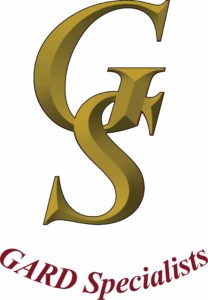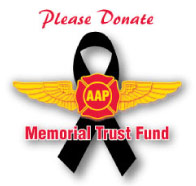DATE: 10-15-13
FROM: TONY MORRIS –“As I See It” www.airtanker.org
ASSOCIATED AERIAL FIREFIGHTERS
TO: RICH BRIGGS – LOCKHEED MARTIN
SUBJECT: C-130 XJ FOR AERIAL FIREFIGHTING
(1.) The total number of Large Air Tankers (LATs) under contract to USFS Fire and Aviation Management is not adequate to provide Aerial Firefighting protection for the U.S. What are the major reasons for USFS Fire and Aviation Management to select a fleet of Lockheed C-130XJs ?
- A Lockheed Martin C-130XJ would provide the USFS with a modern, rugged, reliable aerial tanker with a proven record of success in the firefighting role. It would be a safe, cost-effective, and long-term solution to the USFS’ need to recapitalize the aerial tanker fleet.
(2.) Could you provide a price range for the C-130XJ ?
- The C-130XJ price would be dependent on the number ordered and the year of delivery, but a range of 10-15 percent savings over the cost of C-130J is anticipated.
(3.) Should the decision be made to purchase a fleet of C-130XJs how long would it take for the first C-130 XJ to be delivered?
- It currently takes approximately 34 months from contract signature to aircraft delivery. This time is based on time required to purchase long-lead components from our suppliers and the actual assembly of the aircraft in our factory.
(4.) Has Lockheed Martin considered a gravity feed tank system for the
C-130XJ rather than the pressurized MAFFS II system?
- At this point, our primary focus has been on a MAFFS II or similar system. The design of this system has the least impact on the structure of the aircraft and has been approved for fighting fires by the USFS through a rigorous qualification process.
(5.) Can you confirm the C-130XJ is equipped for Night Vision Goggle (NVG) operations?
- Yes, the C-130XJ has an NVIS (Night Vision Imaging System) compatible cockpit. It goes from standard lighting to NVIS lighting with the flick of one switch in the cockpit. The cockpit of the aircraft was designed from the beginning to be very pilot friendly in the demanding role of night NVG operation.
(6.) If the C-130XJ is used to fight wildfires what are the other roles can it also be used for?
- The C-130XJ is a versatile, multi-role transport, with proven capabilities in aerial delivery of people and equipment (smoke jumpers), oversized cargo transport, humanitarian relief, oil dispersion/aerial spray, artic support, austere field operations, aerial surveillance, and search and rescue.
(7.) Has Lockheed Martin examined Container Delivery Systems (CDS)use with the C-130XJ such as PCADS and the Caylym Guardian systems?
- The Caylym Guardian system is an interesting concept and Lockheed Martin has had some preliminary discussions with Caylym. The ultimate use of such a system would of course be dependent on its effectiveness as determined by the end user, in this case the USFS.
(8.) Do you see the appropriate House and Senate committees dealing with funding for new, purpose-built, firefighting aircraft in 2014?
- Recapitalization of the large air tanker fleet is a national issue. We are hopeful that the committees can come together in a bipartisan way to deal with this very critical issue.
(9.) Have you read the CoreLogic Report on Wildfire Risk in the U.S.?
- Yes, it is a very data rich report. What it shows is that there is a growing trend in acres burned, which puts lives and billions of dollars of property at risk. The C-130XJ can be part the solution to protecting people’s lives and property.
(10.) What is Lockheed Martin’s position on the need for a Large Air Tanker Aerial Firefighting fleet which has several different aircraft ?
- We have always seen the value of a mixed fleet of aircraft across an aerial firefighting fleet or an air force. A mixed fleet allows the operator to tune different aircraft to different capabilities and deploy the most capable aircraft against the required need. Also, a mixed fleet of aircraft means that if a type of aircraft is grounded for one reason or another, a portion of the fleet is still available to perform the mission. The downside of a mixed fleet comes from having different supply chains, different maintenance practices, different training requirements, different flight crews and the associated costs that go with that. A single type fleet avoids those issues, but limits flexibility. In the end, it is the operator that makes the final determination on what their requirements are.











Speak Your Mind
You must be logged in to post a comment.